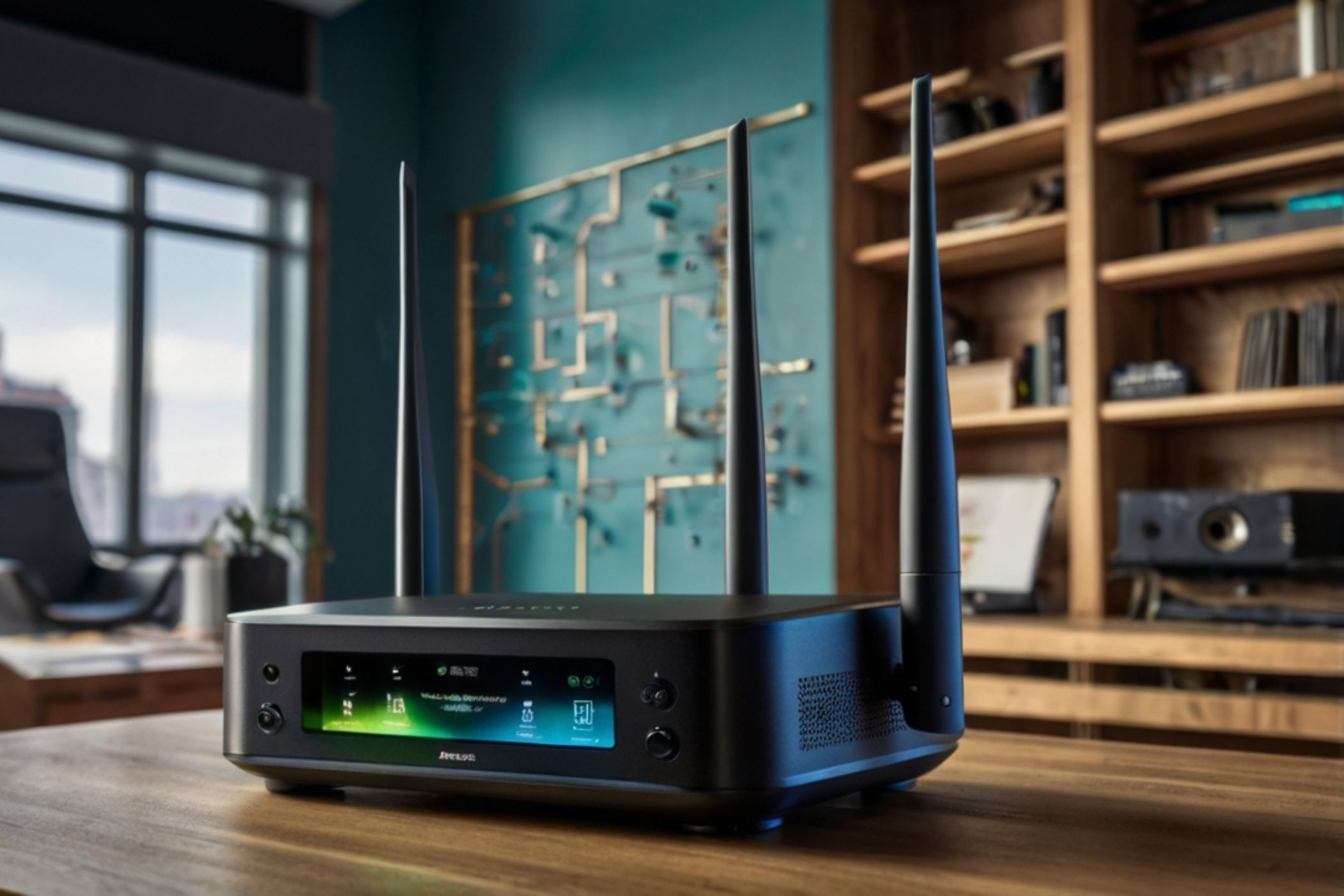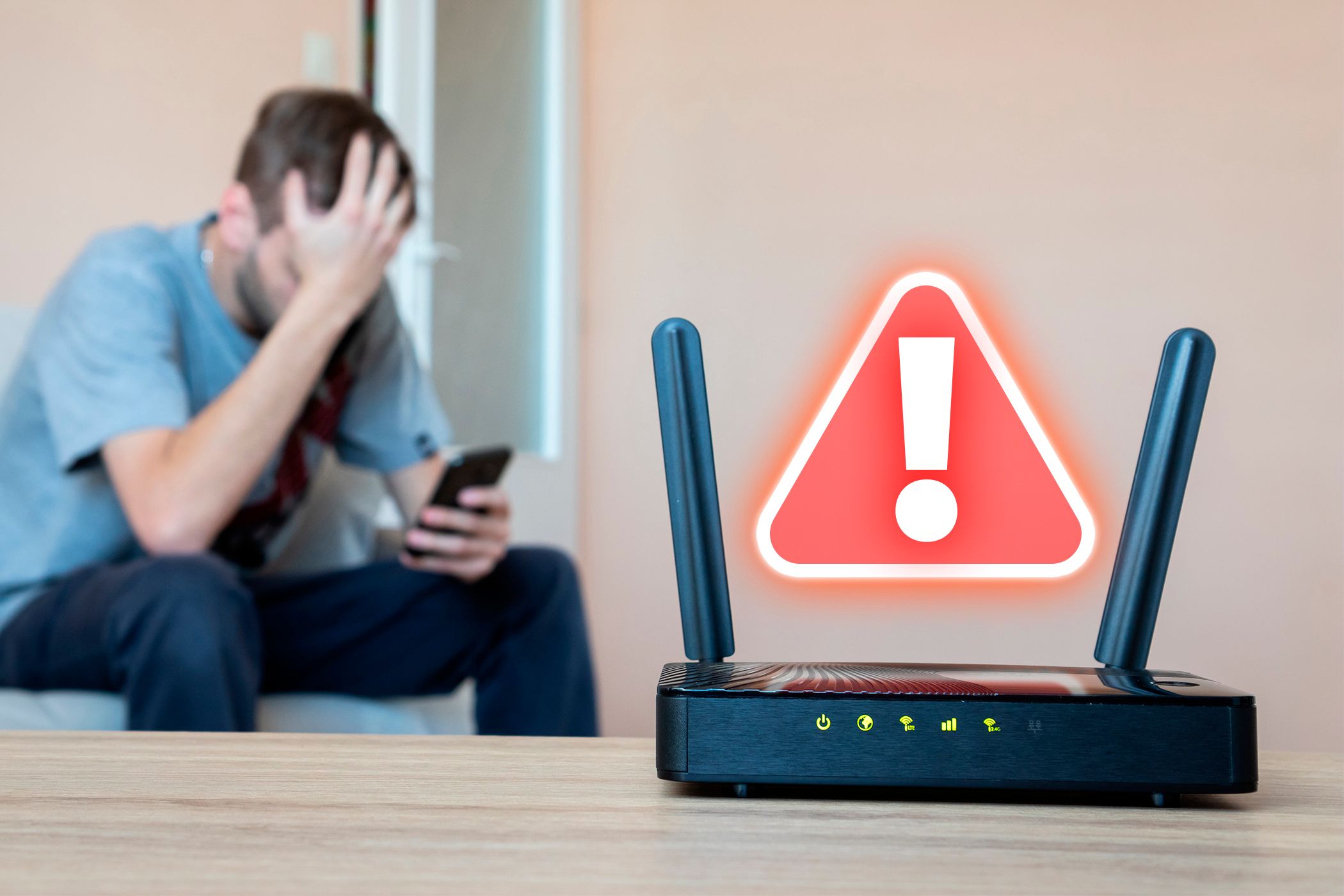Routers are critical pieces of network infrastructure that can last for decades at a time. But if they are too old, hackers might come knocking.
Old Routers Are a Threat to Your Network
The FBI has discovered a group of hackers that’s exploiting old routers to pull off cyberattacks. The agency’s announcement includes a list of 13 routers that have reached “end of life” status, meaning they no longer receive software updates to fix known vulnerabilities.
The following routers are being targeted:
- Cisco M10
- Cisco Linksys E1500
- Cisco Linksys E1550
- Cisco Linksys WRT610N
- Cisco Linksys E1000
- Cradlepoint E100
- Cradlepoint E300
- Linksys E1200
- Linksys E2500
- Linksys E3200
- Linksys WRT320N
- Linksys E4200
- Linksys WRT310N
All routers have a management interface that can be accessed either by connecting to the router via Ethernet, Wi-Fi, or over the internet. If the interface is exposed to the internet, hackers can exploit a router’s known vulnerability to upload malware and gain administrator access.
The malware being used in the attack is called TheMoon, first found on compromised routers in 2014. The FBI’s announcement claims that it doesn’t require a password to infect routers. The malware scans for open ports and sends a command to a vulnerable script on the router. Once the command executes, it establishes a command and control (C2) server, which then responds with further instructions.
The malware uploaded to the targeted routers lets hackers maintain persistent access to the device, allowing them to use it as part of a larger botnet. The botnets are then used to launch coordinated DDoS attacks or sold as a proxy service that hackers use to conceal their IP address and identity.
The agency also seized two websites—Anyproxy and 5Socks—which were using the hacked routers to offer proxy services to “help cybercriminals hide their activities.” The sites have been updated to show a Justice Department seizure notice.
How Can You Protect Yourself?
If you use one of the routers mentioned above, the best course of action is to upgrade your router to a newer model. Aside from better security, you’ll also enjoy faster internet speeds and a more stable Wi-Fi connection. Even if your router isn’t on the list above, but has reached end-of-life status, a replacement is the way to go.

Related
Here’s How I Compare Wi-Fi Routers and Decide Which One to Buy
Check for these specs when shopping for your next wireless router.
In case you can’t replace your router right away, disable any remote management or administration features in the router’s control panel. The specific instructions for doing so will vary from router to router, so I recommend looking up your router’s model number for more information. Your router is one of the most vulnerable devices in your home, and should be secured appropriately.
For those of you who do own newer routers, check for new updates frequently to make sure your router is protected against any vulnerabilities that hackers can exploit. Unless you explicitly need your router’s remote management capabilities, I’d recommend turning the feature off for better protection.







Leave a Comment
Your email address will not be published. Required fields are marked *